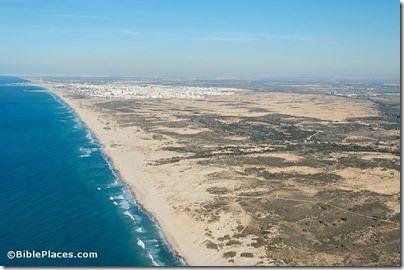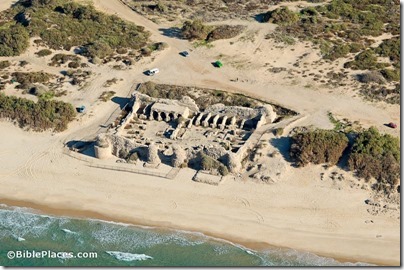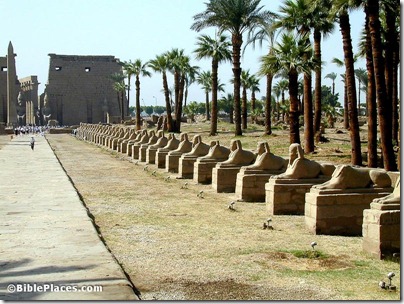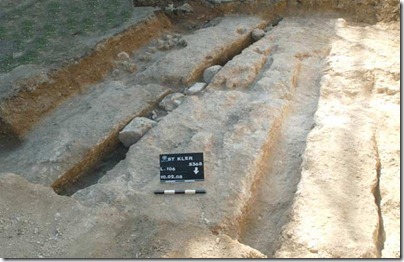Shmuel Browns has posted a series of high-res photos of the new mosaics at Bet Qama.
Donald Trump wants to build Israel’s second 18-hole golf course. It will be located along the coast between Ashkelon and Ashdod.
Israel’s Water Authority will begin allowing 1,000 cubic meters of water per hour to flow out of the Sea of Galilee into the Jordan River.
Wayne Stiles shows why Beth Shemesh is an appropriate place to reflect on the feast of Shavuot (Pentecost).
Coastal plain south of Ashdod once claimed by the Philistines and now the proposed location of Donald Trump’s golf course.
Photo from the Pictorial Library of Bible Lands.
Photo from the Pictorial Library of Bible Lands.



